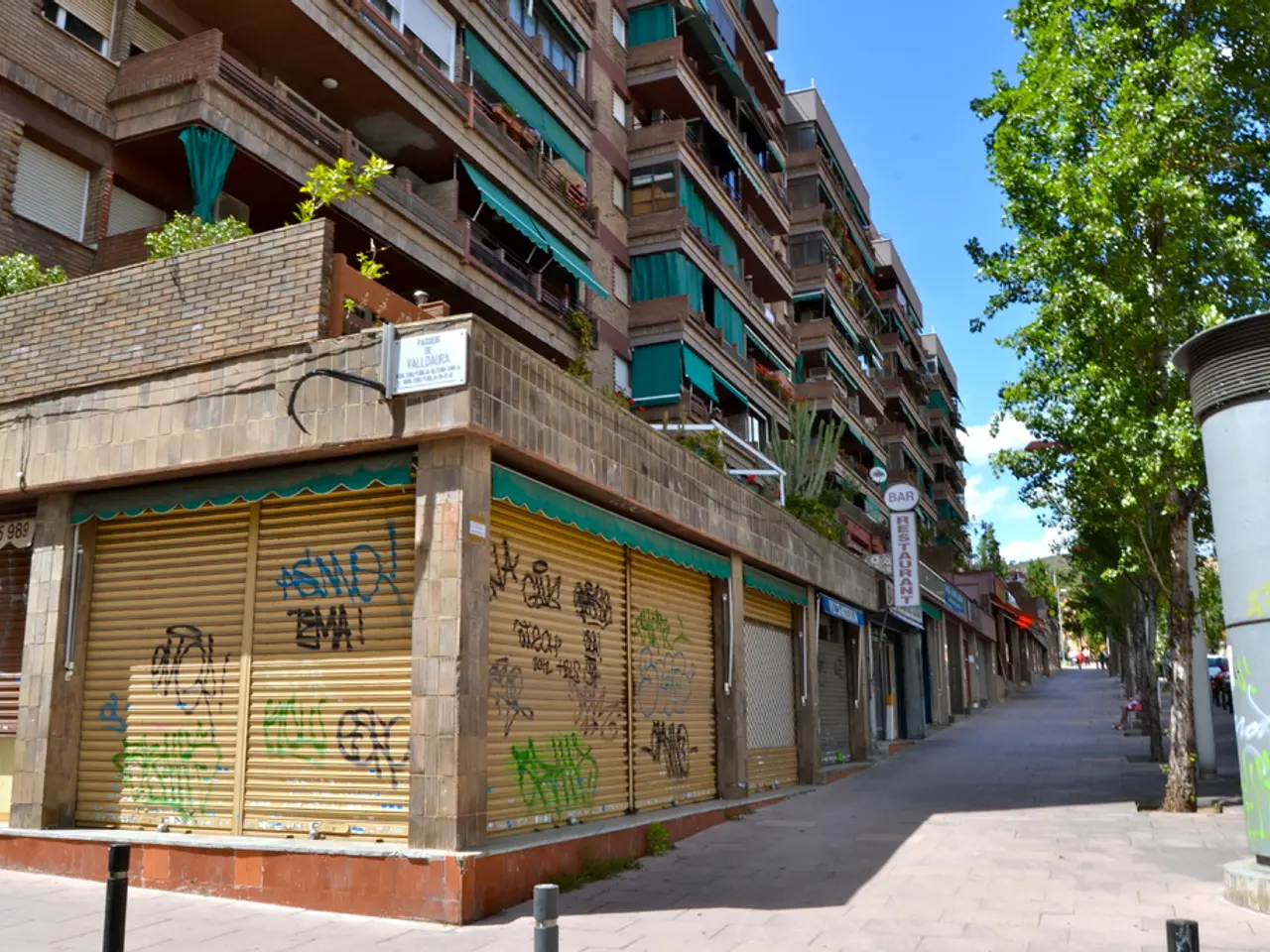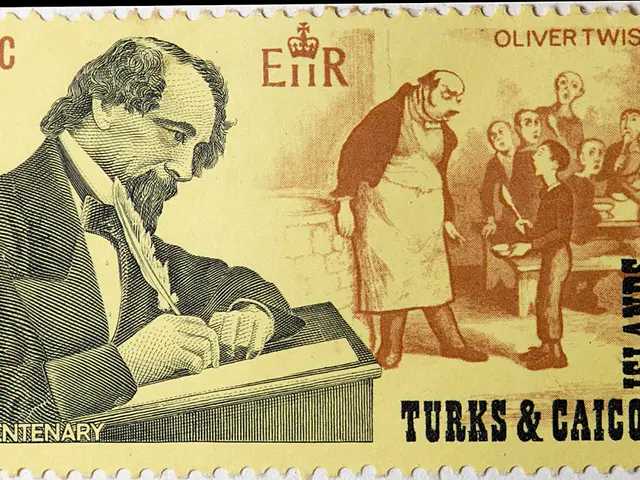Educational establishments across India and Dubai that promote knowledge acquisition through design and architecture
The world of education is not just confined to books and classrooms. The architecture of educational institutions plays a significant role in shaping the learning environment and fostering creativity. Let's take a tour of some remarkable educational buildings that have made a mark in their respective regions.
In Dubai, the South View School, designed by R + D Studio, stands as a testament to harmonious blending of contemporary and traditional architecture. Catering to both kindergarten and older children, the school is strategically placed with the kindergarten nestled next to a recreational space featuring an amphitheatre, while the upper floors accommodate the needs of the older children.
Moving to India, we find the Vithal Gandhi Centre, the central library at Woxsen university. Designed to celebrate ideas and encourage understanding, this steel and concrete structure offers an illusion of every space being on one level, enhancing access to light and ventilation.
In Panipat, Ansal School, designed by Karan Osahan Architects, is nestled within the bustling urban development. The design of the school breaks the conventional mould, offering a unique learning environment.
Biswa Bangla Biswavidyalaya (BBB), a liberal arts university located on the outskirts of Shantiniketan, West Bengal, India, is another architectural marvel. Designed by CP Kukreja Architects, the university's design is inspired by the principles of Gurukul, an ancient Indian system of learning. The library at BBB resembles the old town clock towers of the region, while architectural elements like the do-chala roof and terracotta jali showcase local skills and offer employment to villagers.
Nobel Laureate Rabindranath Tagore's artistic, literary, and educational vision continues to flourish at BBB.
In Ahmedabad, the "Toy Blocks" kindergarten project, led by Anuradha Jahagirdar, breaks the boundaries of conventional classrooms, facilitating informal and exploratory learning. The cluster of nine cube-shaped buildings, inspired by the principles of Reggio Emilia, is made with locally sourced materials and simple lime plaster facades. The interiors feature skylights for ample daylight and are designed with themes like cosmic adventures and Lego world.
Lastly, in Aurangabad, India, the Library Pod, initiated by Rajshri Deshpande of Nabhangan Foundation, is a small structure built under a peepal tree. Utilizing just 17.16 sq m of space, the metal unit serves as a water-tight bookshelf with blackboards on the other side, perfect for taking classes under the tree. The roof is designed to shield users from weather conditions and was made water and dust-free using rubber gaskets.
Each of these educational buildings stands as a testament to the power of architecture in shaping the learning environment and fostering creativity. They serve as beacons of innovation, showcasing the best in design and construction, and offering students a unique and enriching educational experience.
Read also:
- Postpartum Period and Gestational Diabetes: Does it Persist?
- Controlled spree of Legionnaires' disease among Harlem residents ceased, city health authorities confirm; however, locals push for increased openness and information disclosure
- Transform City for the Better
- Prostate Cancer Examination Guidelines, Outcomes, and Financial Aspects








